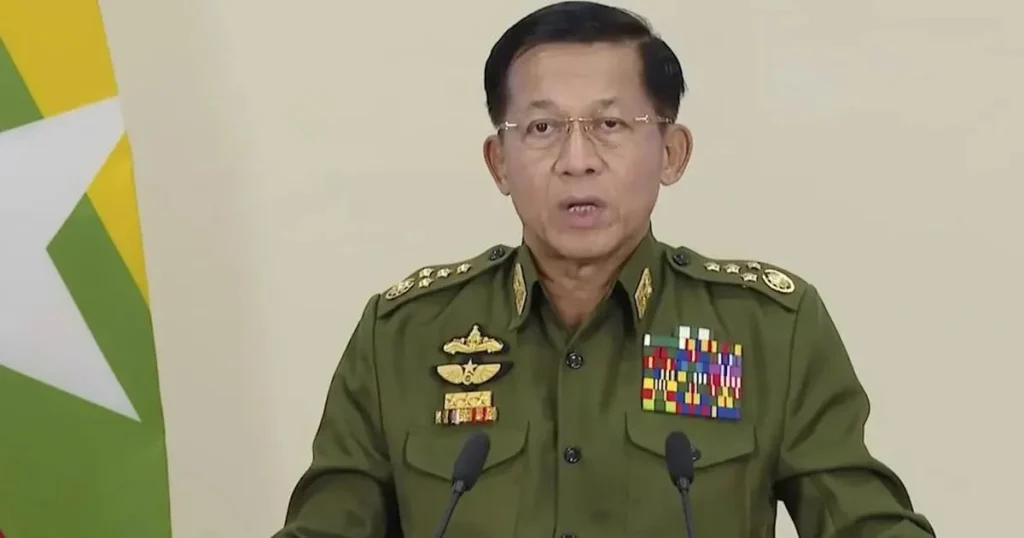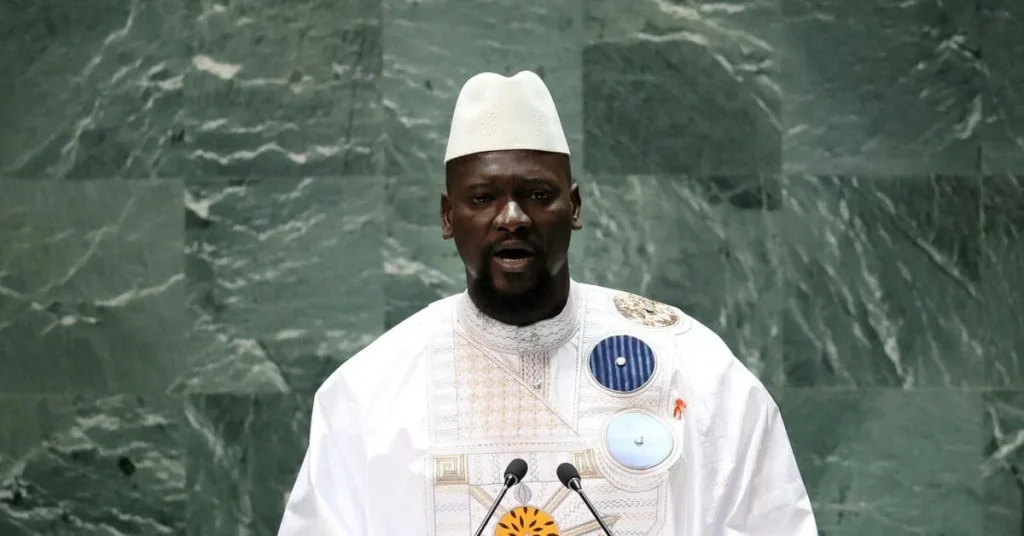Victoria’s Minister for Sport, Martin Pakula, announced on January 30, 2021, that the Australian Open, scheduled for February 8–21, 2021, in Melbourne, will permit up to 30,000 fans daily for the first eight days, split evenly between day and night sessions (15,000 each).
From the quarter-finals onward, capacity will reduce to 25,000, roughly half the average attendance of previous years. Over the 14-day tournament, up to 390,000 spectators are expected at Melbourne Park, about 50% of the historical average.
Event Atmosphere and Global Significance
Pakula emphasized that Rod Laver Arena would maintain an “incredible atmosphere,” comparable to past tournaments, despite reduced crowds.
He noted, “It will be the most significant international event with crowds that the world has seen in many months,” highlighting the Australian Open’s role as a rare global sporting event with live audiences during the Covid-19 pandemic.
Player Quarantine Measures
To mitigate Covid-19 risks, over 1,700 players, staff, and associates were flown into Australia on chartered flights in early January 2021, undergoing a mandatory 14-day quarantine.
Most players were allowed five hours daily for practice and exercise, but 72 players faced full confinement after positive cases were detected on their flights.
By late January, players began exiting quarantine, enabling preparations for the tournament.
Local Concerns and Context
Melbourne, having endured one of the world’s longest lockdowns in 2020, faced local apprehension about the tournament’s potential to reintroduce Covid-19.
Victoria’s strict health protocols, including quarantine and crowd limits, aim to balance economic and sporting ambitions with public safety.
The event coincides with Australia’s low case numbers, with fewer than 30 active cases in Victoria as of early February 2021, per government data.
Implications for Global Sports
The Australian Open’s limited-capacity model sets a precedent for hosting major events during a pandemic, with rigorous biosecurity measures to protect players and attendees.
The reduced attendance and quarantine protocols reflect Australia’s cautious approach, balancing the economic benefits of hosting the Grand Slam with public health concerns in a city still recovering from extended restrictions.






